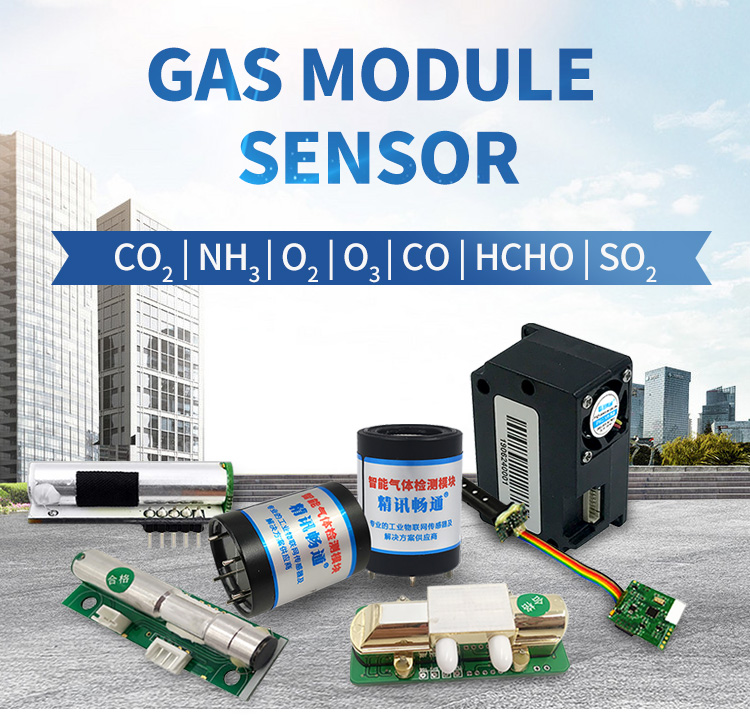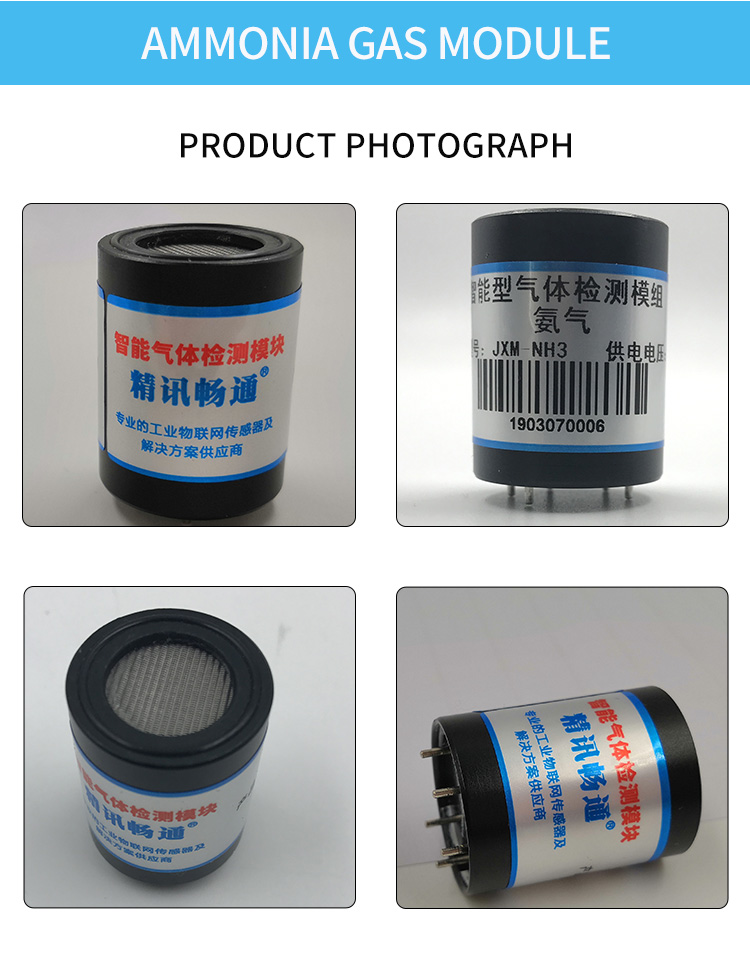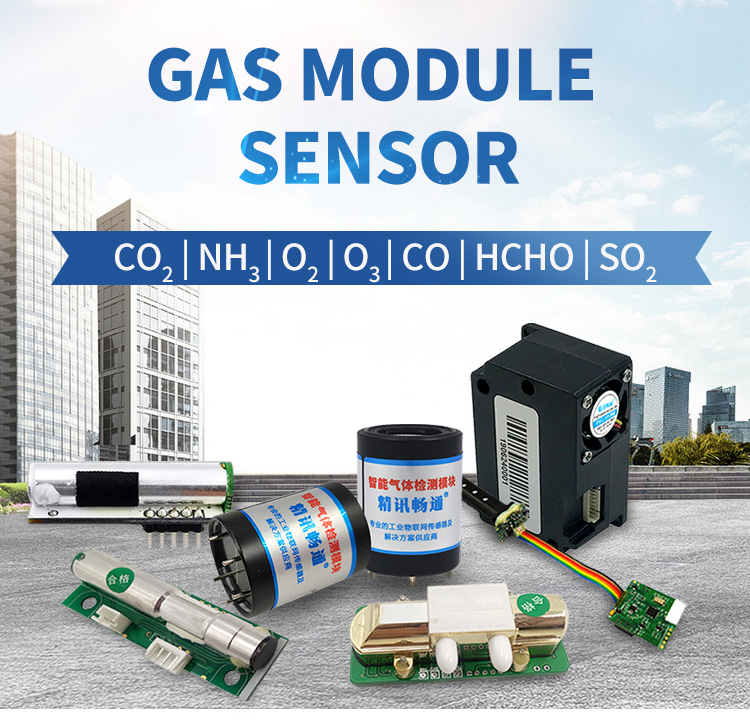In recent years, there has been growing concern about the impact of indoor air pollution on our health and well-being. With people spending a significant amount of time indoors, it is crucial to monitor and improve indoor air quality (IAQ) to create healthy living and working environments. Gas sensors have emerged as essential tools in this regard, revolutionizing how we detect and mitigate indoor air pollutants. In this article, we will explore how gas sensors are enhancing IAQ and contributing to healthier indoor spaces.
Detecting and Identifying Indoor Air Pollutants:
Gas sensors are designed to detect and identify various gases and volatile organic compounds (VOCs) present in indoor environments. These sensors can detect pollutants such as carbon monoxide, formaldehyde, nitrogen dioxide, benzene, and many others that can be detrimental to human health. By continuously monitoring indoor air, gas sensors provide real-time data on pollutant levels, enabling us to identify and address sources of contamination promptly.

Ensuring Health and Safety:
Gas sensors play a vital role in ensuring the health and safety of occupants in indoor spaces. They are often integrated into ventilation systems or air purifiers, where they constantly monitor the air quality and initiate appropriate actions when pollutant levels exceed safe thresholds. For instance, if a gas sensor detects high levels of carbon monoxide, it can trigger alarms, activate ventilation systems, or even shut down equipment to prevent potential harm. By providing early warnings and facilitating immediate responses, gas sensors help protect individuals from the adverse effects of indoor air pollution.
Preventing Sick Building Syndrome:
Sick Building Syndrome (SBS) refers to a condition where occupants experience a range of symptoms, including headaches, fatigue, respiratory issues, and irritation, due to poor indoor air quality. Gas sensors play a crucial role in preventing SBS by continuously monitoring and controlling IAQ parameters. These sensors can detect elevated levels of pollutants or inadequate ventilation and trigger remedial actions, such as increasing fresh air intake or initiating air purification systems. By maintaining optimal IAQ, gas sensors help create healthier indoor environments and minimize the risks of SBS.
Energy Efficiency:
Gas sensors are not only beneficial for IAQ but also contribute to energy efficiency in indoor spaces. By monitoring pollutant levels and occupancy patterns, these sensors can optimize ventilation and air conditioning systems to operate more efficiently. For example, gas sensors can adjust ventilation rates based on real-time occupancy data, ensuring proper air exchange while minimizing energy consumption. This integration of gas sensors with smart building systems helps strike a balance between IAQ improvements and energy conservation.

Personal IAQ Monitoring:
Advancements in gas sensor technology have led to the development of personal IAQ monitoring devices. These wearable or portable sensors enable individuals to track their personal exposure to indoor air pollutants. Whether in the workplace or at home, these sensors provide real-time feedback on individual IAQ, empowering people to make informed decisions about their immediate environment. Personal IAQ monitoring devices promote awareness and encourage individuals to take proactive steps towards improving their indoor air quality.
Data Analysis and Insights:
The data collected by gas sensors open up opportunities for comprehensive analysis and insights into IAQ. By integrating gas sensor data with advanced analytics and machine learning algorithms, we can identify patterns, correlations, and trends in indoor air pollution. This knowledge helps us understand the impact of various factors, such as occupancy, ventilation systems, and building materials, on IAQ. With this information, stakeholders can make data-driven decisions regarding facility management, building design, and policy implementation to improve IAQ on a broader scale.
Conclusion:
Gas sensors have revolutionized our ability to monitor and improve indoor air quality, creating healthier and safer indoor environments. By detecting and identifying indoor air pollutants, ensuring health and safety, preventing Sick Building Syndrome, optimizing energy efficiency, enabling personal IAQ monitoring, and facilitating data analysis, gas sensors have become indispensable tools in the realm of indoor air quality management. With continued advancements in sensor technology and data analytics, we are poised to make significant strides in creating indoor spaces where we can truly breathe easy.







